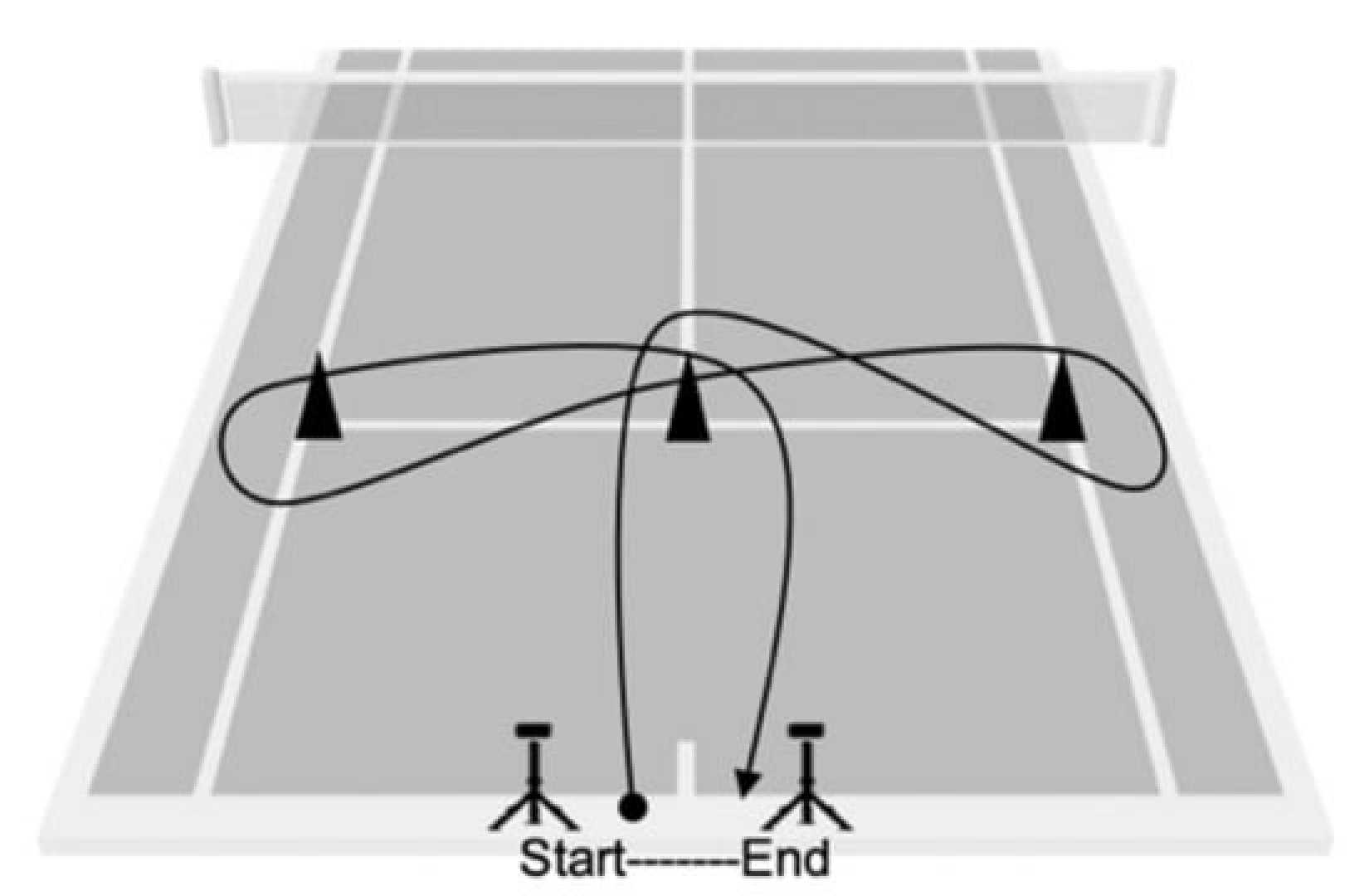Sports
Wheelchair Tennis Players Enhance Speed and Agility Through Creative Drills

At the 2024 Paris Paralympic Games, the importance of speed and agility in wheelchair tennis is being highlighted by top players and their training techniques. These athletes are utilizing uniquely named drills, such as ‘spider’, ‘butterfly’, and ‘suicide’, to prepare for fast-paced matches on the clay courts of Roland Garros.
Dutch quad player, Vink, expressed his enthusiasm for playing on clay, stating, ‘I love it. The faster, the better for me.’ His declared preference underscores the need for athletes to be well-prepared for the quicker gameplay that clay surfaces often produce.
The Dutch team, which boasts several Paralympic and Grand Slam champions, integrates various speed drills into their training routines. Vink described some of these as essential for maintaining a competitive edge during matches.
British player, Gordon Reid, elaborated on the drills utilized in training, which simulate on-court movements. He mentioned drills like ‘fan’ and ‘dead bugs’ that focus on enhancing agility, strength, and overall movement efficiency.
Competitions among players also serve as an engaging method to boost speed; British athletes recently held a 100-meter race during their training camp. Reid revealed, ‘I won that one. I took the young guys out,’ showcasing the competitive spirit within the team.
In a different approach, players from Argentina, under five-time Grand Slam champion, Fernandez, focus on short-distance explosive power drills to enhance their movement around the court. Fernandez emphasized the necessity of fast reactions and strong upper body power in wheelchair tennis.
Fun and play often infiltrate training sessions. Diede de Groot from the Netherlands recalls her enjoyment of activities such as wheelchair tag, which made her early experiences in the sport enjoyable and emphasized the importance of speed and agility.
Turkish player Kaplan integrates activities like wheelchair basketball during practice to keep sessions dynamic and instill a competitive edge. Maintaining constant movement is vital, as he indicated, to react appropriately during matches.
Players understand that speed is critical for executing techniques effectively. Vink noted the challenges posed by rapid directional changes and affirmed the necessity of refining pushing techniques in the wheelchair.
Overall, these training methods and exercises highlight the dedication of wheelchair tennis players in enhancing their performance on the court, as they strive not only to compete but to excel in their sport.












